As more consumers turn to environmentally friendly options, the demand for green vehicles is rapidly transforming the automotive industry. This shift isn’t just about reducing carbon footprints—it’s driving innovation, changing market dynamics, and influencing how car manufacturers approach design and production. Here are 15 key ways this growing interest in green vehicles is redefining the market.
Contents
Increased Production of Electric Vehicles (EVs)
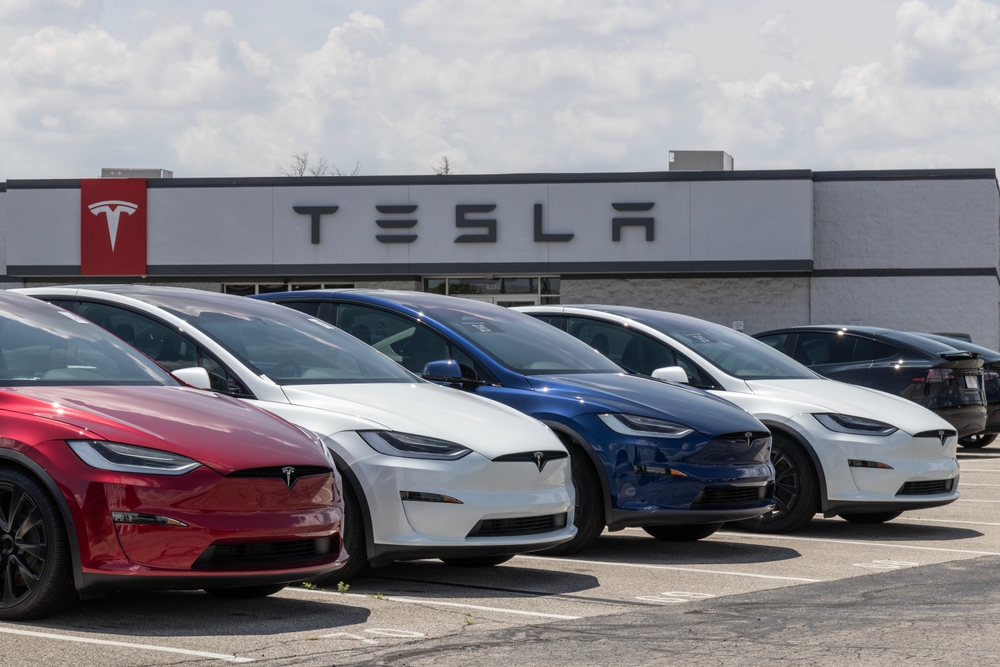
Consumer demand for environmentally friendly transportation has led to a significant rise in the production of electric vehicles. Major automakers are ramping up EV production to meet this demand, introducing new models with extended range, improved performance, and more affordable pricing. This shift is driven by the need to reduce greenhouse gas emissions and cater to eco-conscious consumers, who now view electric vehicles as viable alternatives to traditional gasoline-powered cars.
Expansion of Hybrid Car Offerings

Hybrid vehicles, which combine an internal combustion engine with an electric motor, offer a middle ground for consumers interested in green vehicles but not yet ready to fully commit to an EV. The expansion of hybrid car offerings reflects the growing consumer interest in reducing fuel consumption and emissions while maintaining the flexibility of a traditional engine. Automakers are introducing more hybrid models across various segments, from compact cars to SUVs, to meet diverse consumer needs.
Rise in EV Charging Infrastructure Development
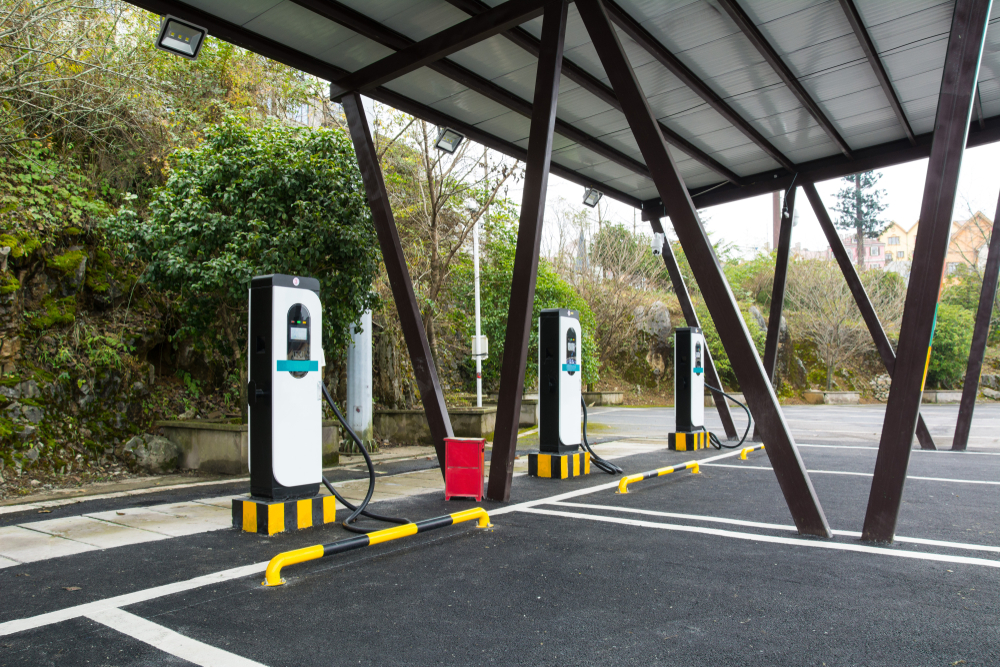
As more consumers opt for electric vehicles, the need for accessible and reliable charging infrastructure has become paramount. This demand has sparked a boom in the development of EV charging stations, both public and private. Governments and private companies are investing heavily in expanding the charging network, ensuring that EV owners have convenient access to fast-charging options, which is crucial for the widespread adoption of electric vehicles.
Greater Focus on Battery Technology and Efficiency

The push for green vehicles has accelerated advancements in battery technology, with a focus on increasing energy density, reducing charging times, and extending the lifespan of batteries. Consumers demand vehicles that can travel longer distances on a single charge and recharge quickly, prompting manufacturers to invest in research and development to meet these expectations. Innovations such as solid-state batteries and improved lithium-ion batteries are at the forefront of this trend.
Growth of Government Incentives and Subsidies

Governments around the world are implementing incentives and subsidies to encourage the adoption of green vehicles. These measures, which include tax credits, rebates, and grants, make electric and hybrid vehicles more affordable for consumers. By reducing the upfront cost of green vehicles, governments are helping to accelerate their adoption, thereby reducing overall emissions and promoting sustainability.
Introduction of Low-Emission Zones in Cities
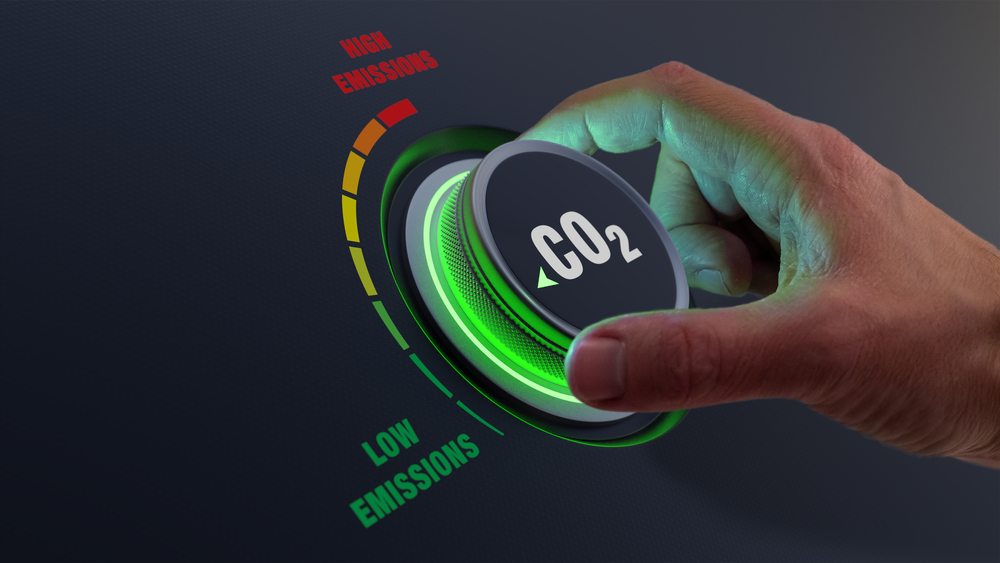
In response to growing concerns about air quality and climate change, many cities are establishing low-emission zones where only vehicles that meet specific emissions standards are allowed. This has led to increased consumer interest in green vehicles, as drivers seek to avoid fines and gain unrestricted access to urban areas. These zones are driving the shift toward cleaner transportation options, as consumers are incentivized to choose electric or hybrid vehicles.
Shift in Marketing Strategies Toward Sustainability

As consumer interest in sustainability grows, automakers are adjusting their marketing strategies to emphasize the environmental benefits of their green vehicles. Brands are focusing on eco-friendly messaging, highlighting the reduced carbon footprint and long-term cost savings associated with electric and hybrid vehicles. This shift in marketing is helping to align brand identities with consumer values, driving sales of green vehicles.
Development of Renewable Energy-Powered Vehicles
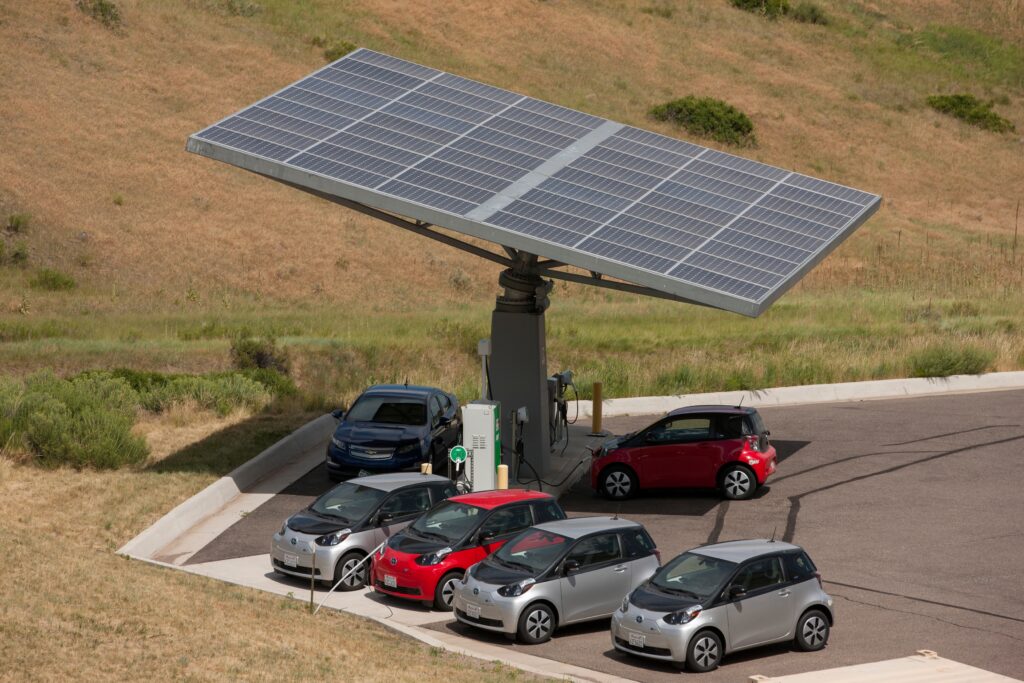
Beyond electric and hybrid cars, there is a growing interest in vehicles powered by renewable energy sources, such as hydrogen fuel cells and solar energy. These vehicles offer the potential for zero-emission transportation, further appealing to eco-conscious consumers. The development and commercialization of renewable energy-powered vehicles are expanding the market, offering more options for consumers who prioritize sustainability.
Increased Investment in Autonomous Electric Vehicles

The convergence of autonomous driving technology and electric vehicles represents a significant shift in the automotive industry. Consumers are increasingly interested in the convenience and environmental benefits of autonomous electric vehicles, which promise to reduce traffic congestion, lower emissions, and provide safer transportation. Automakers and tech companies are investing heavily in this area, with the potential to revolutionize how people travel in the future.
Adoption of Green Manufacturing Practices

To align with consumer demand for sustainability, many automakers are adopting green manufacturing practices. This includes using recycled materials, reducing energy consumption in production processes, and minimizing waste. By implementing these practices, manufacturers are not only reducing their environmental impact but also appealing to consumers who prioritize eco-friendly products.
Surge in Demand for Pre-Owned Electric Vehicles

As electric vehicles become more popular, there has been a noticeable increase in demand for pre-owned EVs. Consumers who are new to the green vehicle market may opt for used EVs as a more affordable entry point. This trend is boosting the resale value of electric vehicles and encouraging a secondary market that further supports the growth of sustainable transportation.
Expansion of Car-Sharing and Ride-Hailing Services with EVs

Car-sharing and ride-hailing services are increasingly incorporating electric vehicles into their fleets to meet consumer demand for eco-friendly transportation options. This shift not only reduces the carbon footprint of these services but also exposes more people to the benefits of electric vehicles. The expansion of EVs in these services is helping to normalize green vehicles and drive further adoption.
Improvement in Vehicle-to-Grid Technology
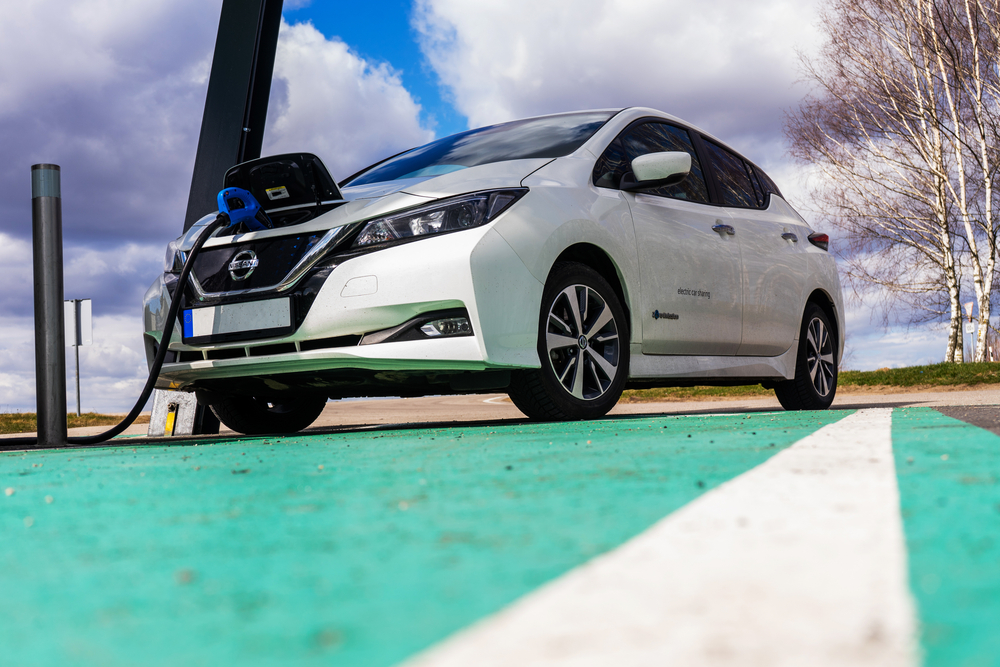
Vehicle-to-grid (V2G) technology allows electric vehicles to communicate with the power grid and return stored energy when needed. This innovation is gaining traction as consumers and energy companies recognize its potential to stabilize the grid and reduce energy costs. As more consumers adopt electric vehicles, the integration of V2G technology is expected to become more widespread, providing additional value to EV owners.
Innovation in Lightweight Materials for Improved Efficiency

To enhance the efficiency of green vehicles, automakers are turning to lightweight materials such as carbon fiber, aluminum, and advanced composites. By reducing the overall weight of vehicles, these materials help improve fuel efficiency and extend the range of electric vehicles. This innovation is driven by consumer demand for vehicles that offer both performance and sustainability.
Emphasis on Recycling and Reusing Car Components

As part of the shift toward sustainability, there is a growing emphasis on recycling and reusing components in vehicle manufacturing. Automakers are developing programs to recover and repurpose materials from end-of-life vehicles, reducing waste and minimizing the environmental impact of production. Consumers who value sustainability are increasingly drawn to brands that prioritize recycling and resource efficiency.
This article originally appeared in MyCarMakesNoise.
More from MyCarMakesNoise
12 Overlooked Minivans Perfect for Families

When it comes to family vehicles, minivans often lead the pack with their unbeatable combination of space, comfort, and utility. Yet, amidst the popularity of SUVs and crossovers, some exceptional minivans tend to fly under the radar, deserving more recognition than they typically receive. Read More
10 Common Boat Handling Mistakes to Avoid

Boating is both an art and a science, requiring a passion for open water and a deep respect for the intricacies of boat handling. Even the most experienced mariners can make simple mistakes that lead to serious consequences. Read More
11 Historic Motorcycles That Are Still Popular

Motorcycles hold a unique place in the tapestry of automotive history, blending innovation with a timeless allure that captivates enthusiasts and casual observers alike. Certain models, revered for their revolutionary design and engineering, have transcended their era to become icons that are still ridden and adored today. Read More














